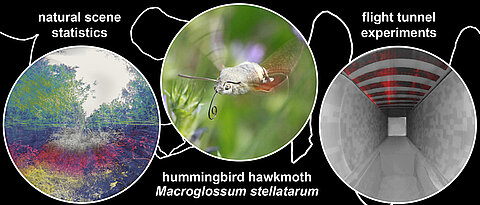Plants Remember Drought
03/29/2021![[Translate to Englisch:] During drought, the signalling molecule GABA is produced and inhibits the opening of leaf pores (left). If the enzyme GAD2, which converts glutamate to GABA, is genetically switched off, the pores remain open even during drought - the plants lose more water (centre). If the gene for GAD2 is reintroduced into the closing cells, the defect is reversed. The experiment shows that the sphincter cells autonomously perceive stress and react to it with GABA production.](/fileadmin/_processed_/8/6/csm_12hedrich-gaba-www_c439cb08b7.jpg)
During drought, plants use a signalling molecule known from animals to limit their water loss. The molecule provides them with a kind of memory of how dry the day was.
more

















